The Indian Epic Ramayana in Indonesia Posted by sasha on Mar 3, 2015 in Uncategorized
When visiting the stunning temple of Prambanan, it’s best to plan your trip for the late afternoon – this way you not only avoid the most intense heat of the day, but also get to stick around for the incredible Ramayana ballet. Outside of the rainy season, the performance takes place in an open-air theater with the magnificent temple as the backdrop. If you’re hungry from a full afternoon of exploring Prambanan, never fear – there’s a buffet dinner set up outside.
Before you hit the show, here’s a bit of background information on this legendary story:
The Ramayana
One of the two great Indian epic poems, the Ramayana is a love story that also explores human values and the concept of dharma. It is attributed to the sage Valmiki, who is believed to have written the poem in Sanskrit between the 5th-4th centuries BCE. Written in kāvya – a traditional Sanskrit literary style, the full text is nearly 50,000 lines long and is broken down into seven different books. As the story was traditionally passed down orally through the centuries, many different versions exist across South and Southeast Asia. It has remained a big influence on Hindu life and culture throughout the years, and the story continues to be told in many countries around the world.
The Indonesian Version
It is believed that the Indonesian version of the epic was written during the Medang Kingdom (732-1006 AD) in Central Java. It is known as Kakawin Ramayana, as it is in kakawin meter in Old Javanese language. At the time, Buddhism was dominant in Sumatra, West, and Central Java. Through shadow puppetry (wayang kulit and wayang purwa), the story of Ramayana helped bring about a resurgence in Hinduism. Of course, the story has been adapted from the original and changed a bit throughout the centuries. The version that you get in Indonesia is different from the one you might see in Thailand, and both are quite different from the original.
The Characters
Here are the main characters in the story of the Ramayana:
- Rama: The story is about his journey, so he’s basically the main character. He is the eldest and favorite son of King Dasharatha. Many Hindus believe he is a reincarnation of the god Vishnu.
- Sita: She’s a beautiful princess and daughter of King Janak, who found her in a furrow and regarded her as a blessed child. Through a competition, she becomes Rama’s wife.
- Lakshmana: Brother of Rama, he protects Sita and Rama during their time in exile in the forest.
- Ravana: The ten-headed King of Lanka, he is a powerful demon who abducts Sita.
- Jatayu: A great bird who fights Ravana to fight Sita but is eventually killed.
- Hanuman: A leader of the monkey tribes who aligns with Rama in his fight against Ravana. As his father was the God of Wind, he had many supernatural abilities that he uses in battle.
These are the primary characters in the adaptation that you will see at Prambanan. Of course, in such a long and historical tale there are far more characters. You can check out a full description of the characters in the Ramayana here.
Summary
King Janak holds a competition to see who will marry his daughter, the princess Sita. The contestants are asked to wield a heavy bow. While others cannot even lift it, Rama manages to break the bow in two. As the winner, he gets to marry the princess. He’s also supposed to take the throne, but his evil mother-in-law wants her son Bharata to rule. As a result, Rama is exiled to the forest for 14 years. Sita joins him, as does his brother Lakshmana.
When the evil King Ravana hears of Sita’s beauty, he decides he must have her. He orders one of his followers to morph into a golden deer to attract the princess. When she sees the deer, she sends Rama off to hunt it. Rama chases down the deer and shoots it, but it changes into a mighty beast which he must battle. Sita hears the calls of Rama, and sends Lakshmana off to find him. While he’s gone, he draws a magic circle around her to protect her – as long as she stays in the circle, she is safe. Realizing he cannot kidnap her in the circle, Ravana hatches a clever plot. He changes into an old beggar, and as soon as she steps out of the circle to help the poor old man, Sita is abducted.
On the way back to his kingdom, Ravana runs into the bird Jatayu. They engage in battle and Ravana leaves the bird severely wounded. Eventually Rama and Lakshmana find the bird, who informs them Sita has been kidnapped by Ravana.
A white monkey named Hanuman is sent by his uncle Sugriva to kill Vali, a man who has taken his beloved wife. With Rama’s help, Sugriva is able to kill Vali. As a token of his appreciation, he sends Hanuman to search for Sinta. When he finds her in Ravana’s kingdom, Hanuman assures her that Rama will come to her rescue. Unfortunately for Hanuman, he is kidnapped and set to be burned alive. With his tail on fire, the monkey hops from house to house and sets fire to the kingdom. He returns to tell Rama of his wife’s whereabouts.
Rama and his ape troops construct a bridge to reach the kingdom where Sita is being held. They cross the bridge to attack, and a huge battle breaks out. It’s a brutal war, which eventually ends with Ravana being shot down by Rama’s arrow.
He is reunited with his wife, but he does not believe she is pure and refuses to accept her. To prove her purity, Sita steps into the fire to burn herself. She is saved by the God of Fire, and this proof satisfies Rama who accepts her. And they all live happily ever after…
We’ll have a few highlight videos from the Prambanan version of the Ramayana in the weeks ahead, but for now you should check out this short documentary about the performance that has been going on in the city of Yogyakarta nightly for 38 years:

Build vocabulary, practice pronunciation, and more with Transparent Language Online. Available anytime, anywhere, on any device.
About the Author: sasha
Sasha is an English teacher, writer, photographer, and videographer from the great state of Michigan. Upon graduating from Michigan State University, he moved to China and spent 5+ years living, working, studying, and traveling there. He also studied Indonesian Language & Culture in Bali for a year. He and his wife run the travel blog Grateful Gypsies, and they're currently trying the digital nomad lifestyle across Latin America.




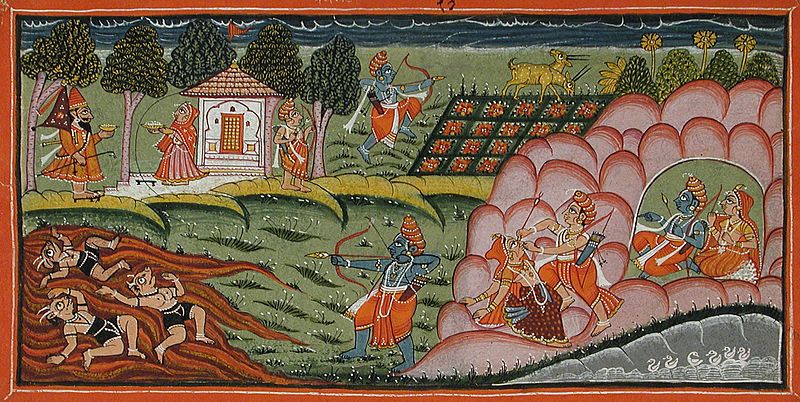
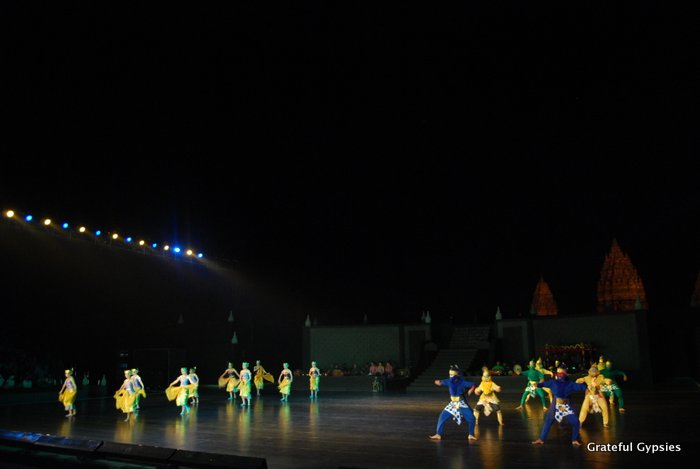
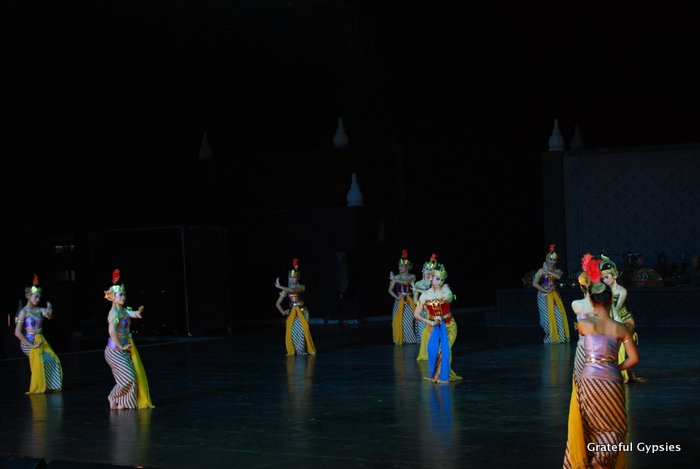
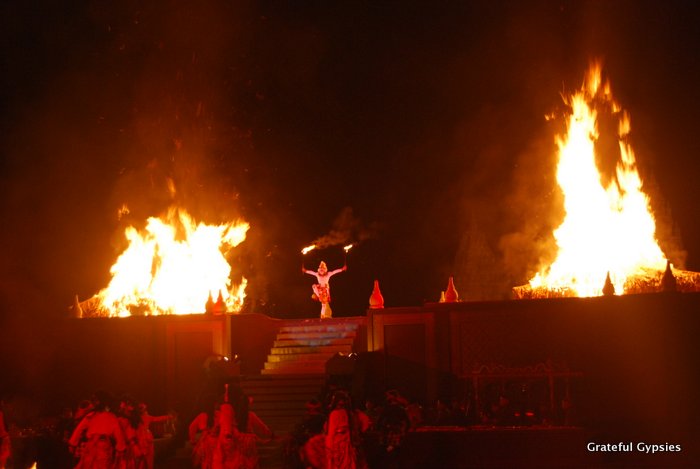
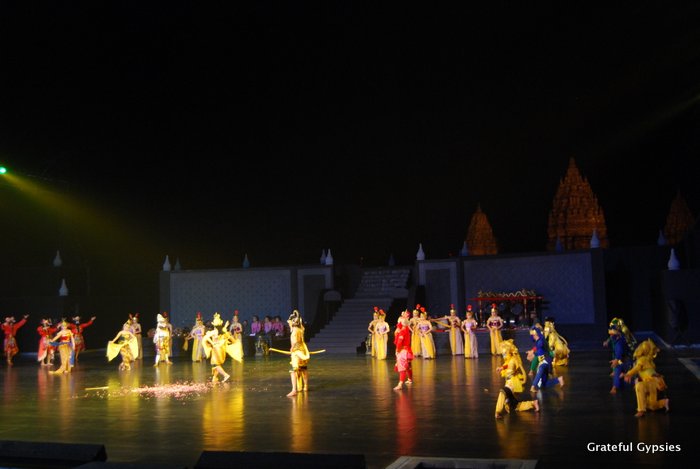

Comments:
priya:
My friend posted a video about Ramayana – https://youtu.be/p26v2VkSG8M